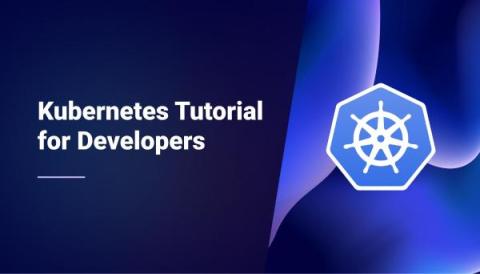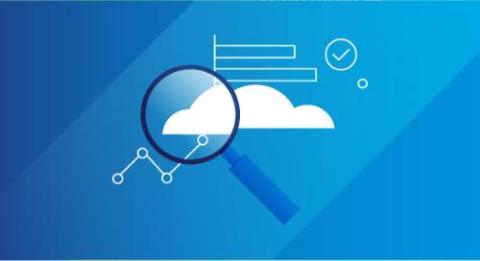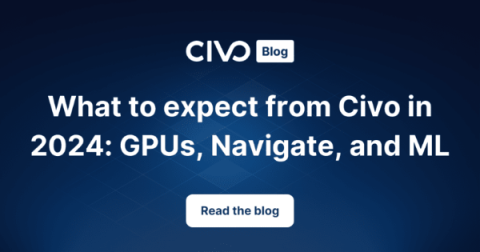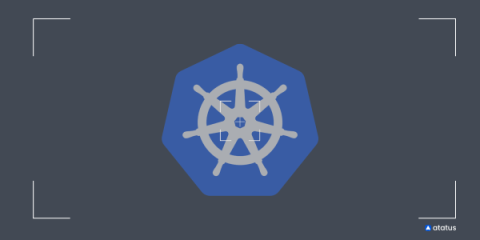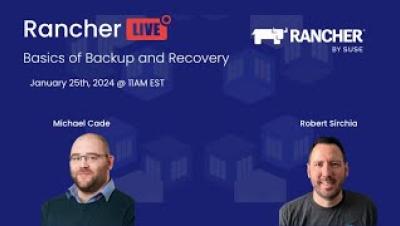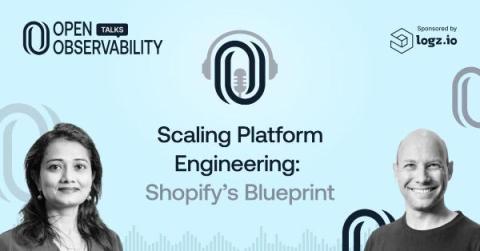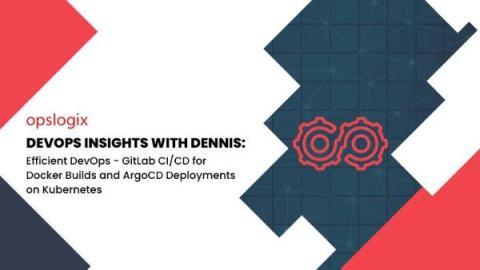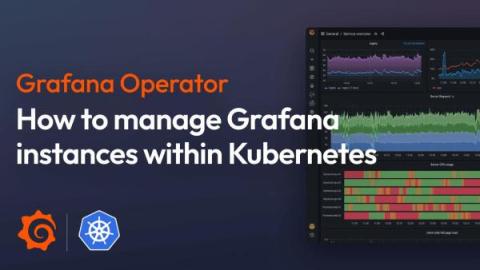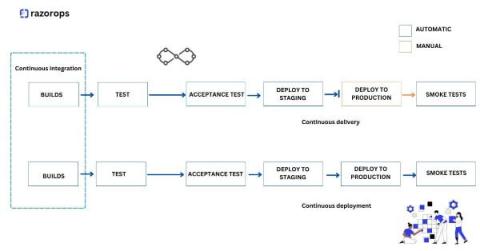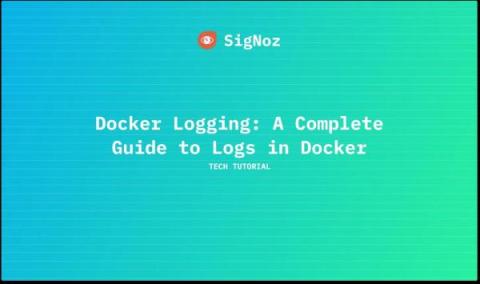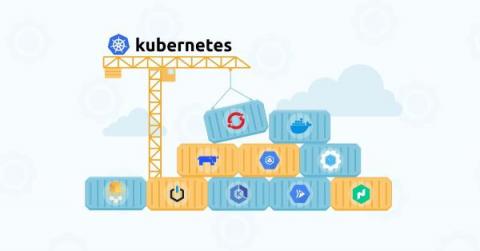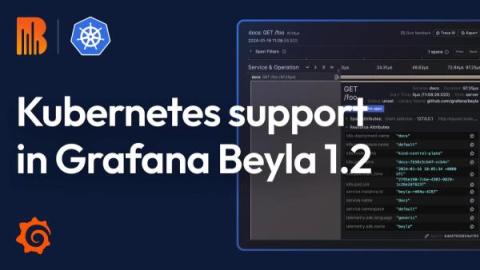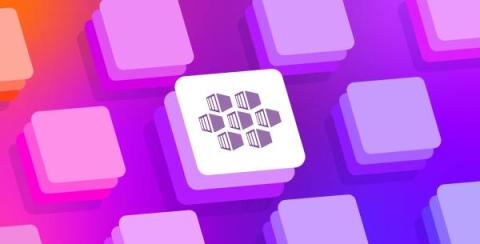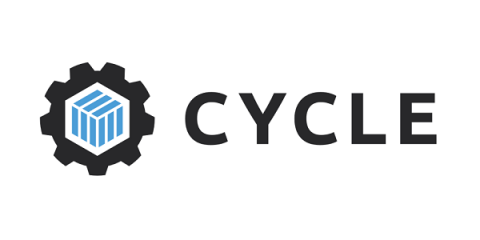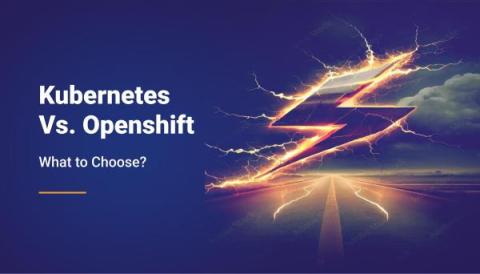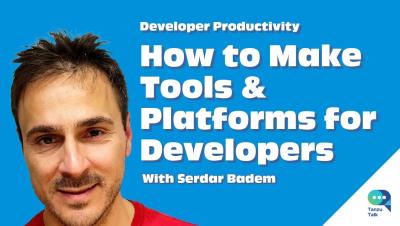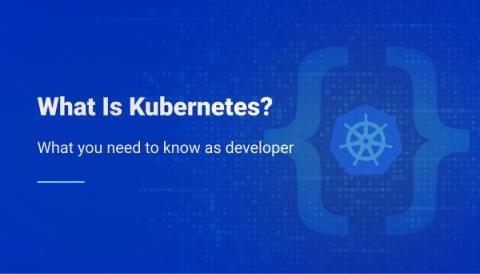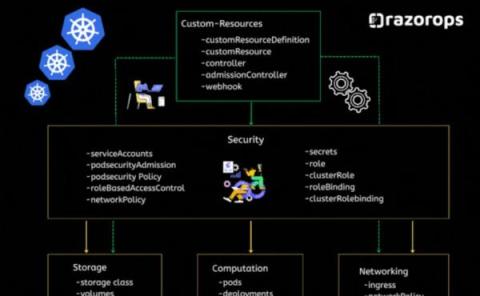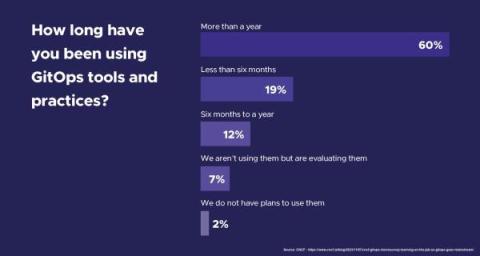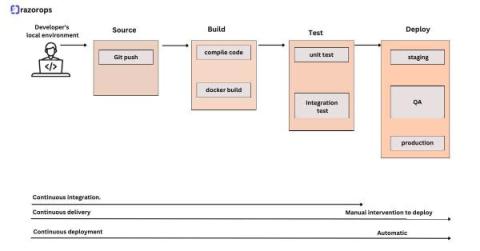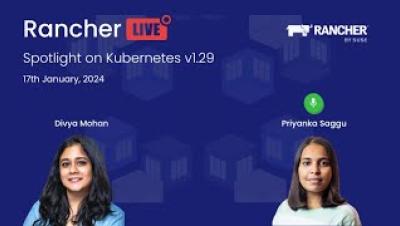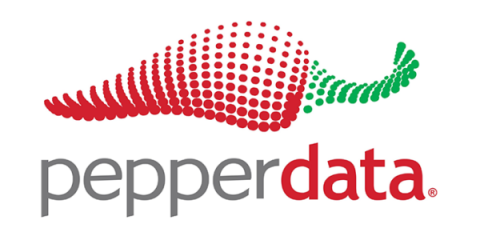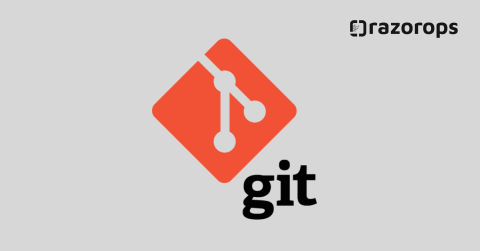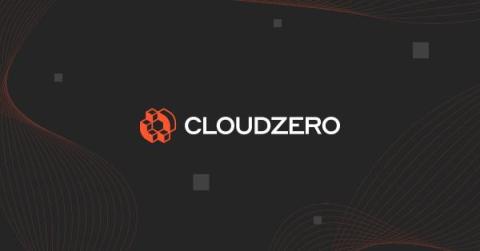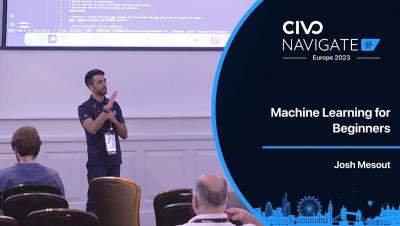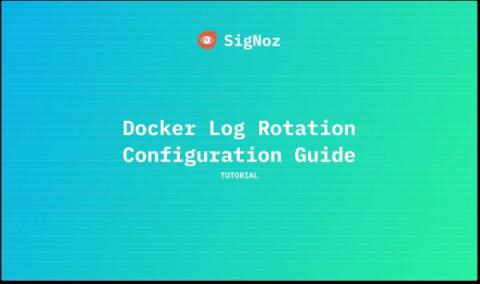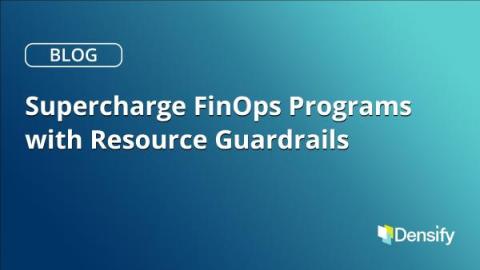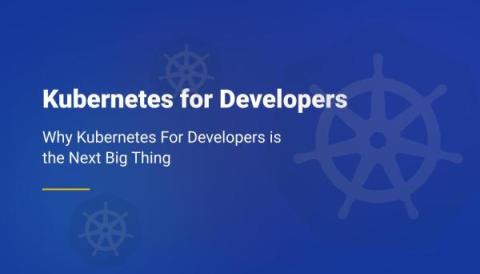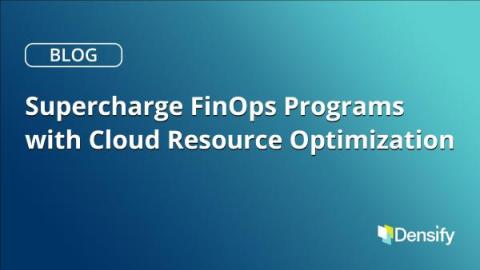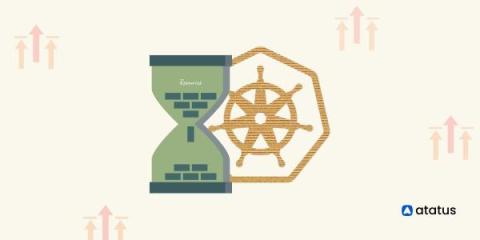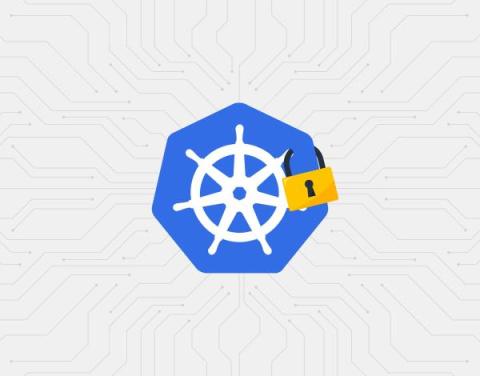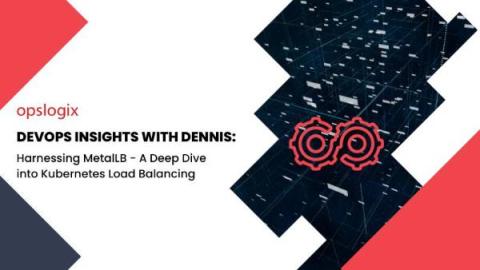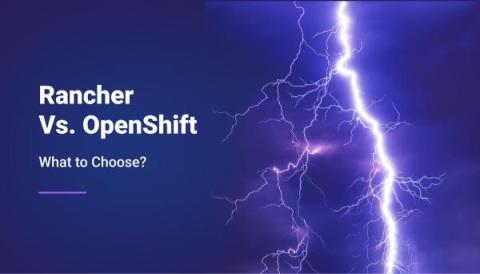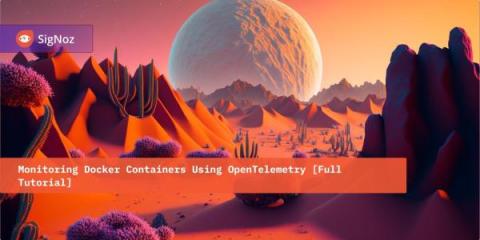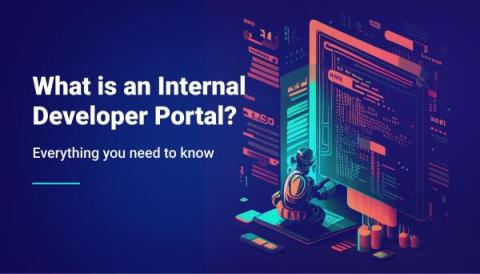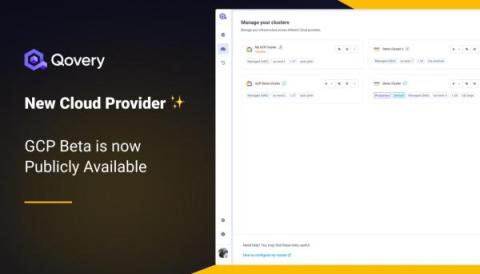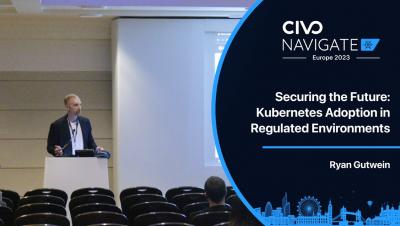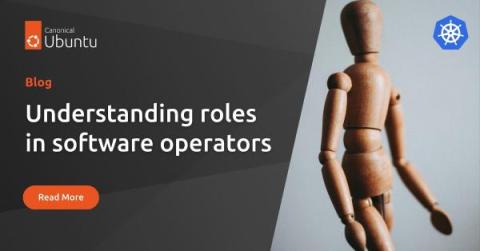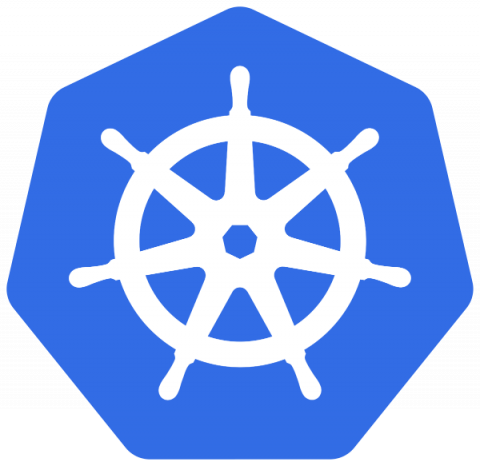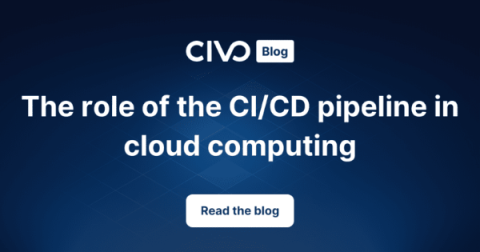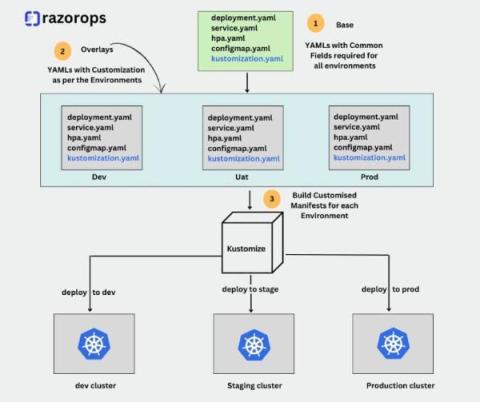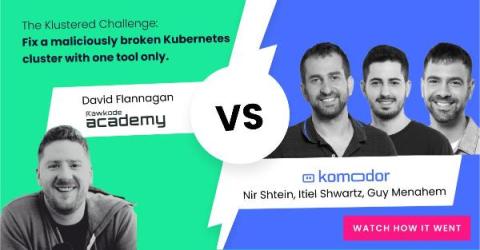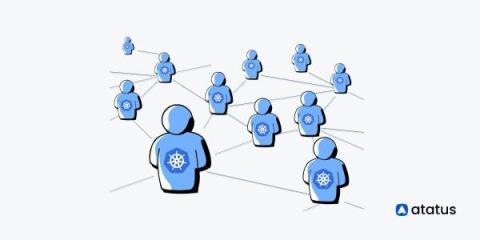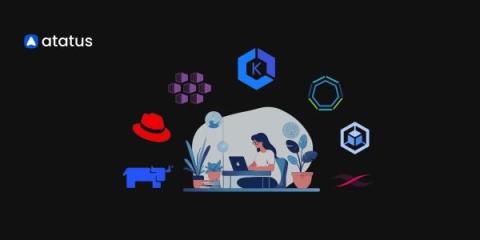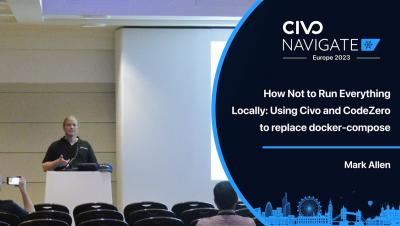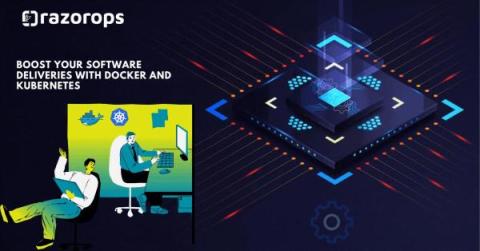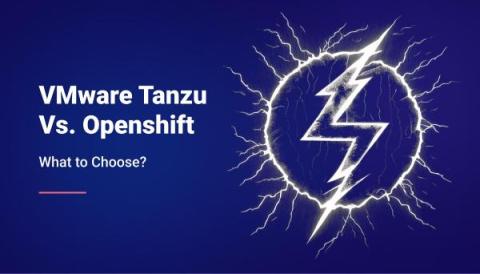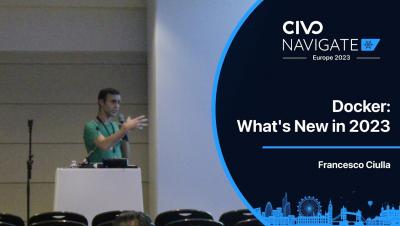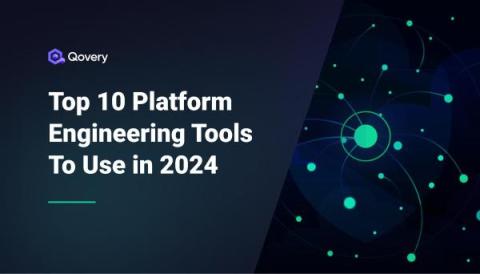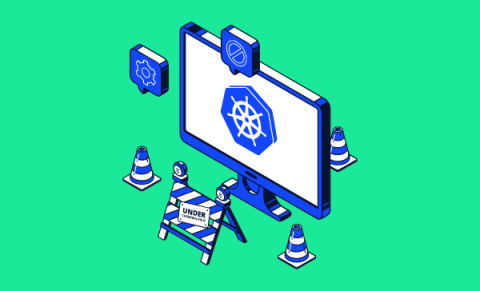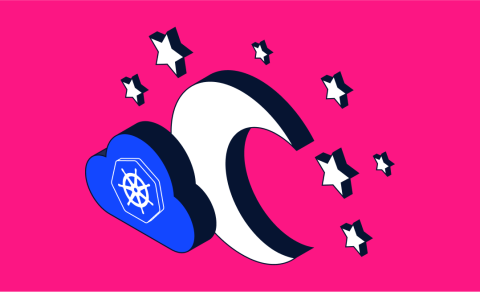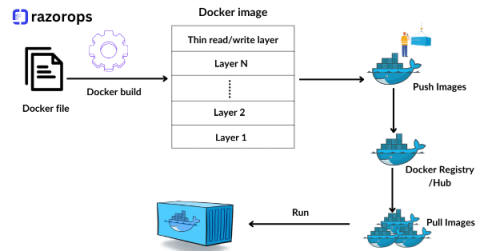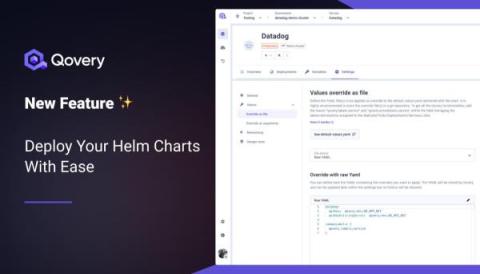Operations | Monitoring | ITSM | DevOps | Cloud
January 2024
Advancing Platform Engineering with Northflank and Civo
Kubernetes Tutorial for Developers
Micrometer: The Gold Standard in Observability
What to expect from Civo in 2024: GPUs, Navigate, and ML
Kubernetes Volume Snapshots: Ensuring Data Integrity and Recovery
Basics of Backup and Recovery
Scaling Platform Engineering: Shopify's Blueprint
DevOps Insights with Dennis: Efficient DevOps - GitLab CI/CD for Docker Builds and ArgoCD Deployments on Kubernetes
How to manage Grafana instances within Kubernetes
What Is Continuous Delivery and How Does It Work?
Docker Logging One-Stop Beginner's Guide
10 Top Kubernetes Alternatives (And Should You Switch?)
Confused by Kubernetes Multi-Tenancy? A Workshop with Dario Tranchitella - Navigate Europe 23
Ask Reliably Assistant to build and run a chaos engineering experiment on Kubernetes
Demo: Kubernetes support in Grafana Beyla
#016 - Kubernetes for Humans Podcast with Marcelo Quadros & Juliano Martins (Mercado Libre)
Grafana Beyla 1.2 release: eBPF auto-instrumentation with full Kubernetes support
Streamline Azure container monitoring with the Datadog AKS cluster extension
Introducing Rainbow Deployments with Zero Downtime
Kubernetes Vs. Openshift
Managing Kubernetes Events with Cribl Edge
Tanzu Talk - Developer Platforms and Productivity, with Serdar Badem
Transforming DevOps with IaC and GitOps - John Dietz & Jared Edwards - Navigate Europe 23
What Is Kubernetes? What You Need To Know As A Developer
How to make CI Pipelines better, explained by Solomon Hykes
Managing Telemetry Data Overflow in Kubernetes with Resource Quotas and Limits
Conceptual Pillars Of Kubernetes
Experience Omni Dev with CodeZero with Narayan Sainaney - Navigate Europe 23
How to Start Contributing to Open Source Project with Mauricio Salatino
New CNCF Survey Highlights GitOps Adoption Trends - 91% of Respondents Are Already Onboard
Stages of a CI/CD Pipeline
Rancher Live: Spotlight on Kubernetes v1.29
A Quick Guide to Get You Started with Spark on Kubernetes (K8s)
From Git to Deployed - Fast Platform Delivery - Colin Griffin & Dinesh Majrekar - Navigate Europe 23
Kelsey Hightower on retiring as a Distinguished Engineer from Google at 42
IaaS Providers Making Early Changes in 2024
A new year has started and some of the major IaaS providers are making major changes early on. AWS and GCP have both announced major changes that might be a signal for what's to come this year.
How to easily add application monitoring in Kubernetes pods
What is Git ?
EKS Add-ons And Integrations: Evaluating Cost Impacts
Unlock the Secrets of Machine Learning: A Beginner's Guide with Josh Mesout - Navigate Europe 23
Docker Log Rotation Configuration Guide | SigNoz
Supercharge FinOps Programs with Resource Guardrails
Time and time again we hear the same statements from FinOps teams with respect to what is holding back optimization of wasteful cloud resource consumption. Engineers and App Owners are interested in helping but stop short at actually taking actions to reduce that waste. There are many reasons for this main sticking point when it comes to application owners and developers taking action.
Building Controllers with Python Made Easy with Steve Giguere - Navigate Europe 23
Why Kubernetes For Developers is the Next Big Thing
Supercharge FinOps Programs with Cloud Resource Optimization
Set Resource Requests and Limits Correctly: A Kubernetes Guide
Kubernetes has revolutionized the world of container orchestration, enabling organizations to deploy and manage applications at scale with unprecedented ease and flexibility. Yet, with great power comes great responsibility, and one of the key responsibilities in the Kubernetes ecosystem is resource management. Ensuring that your applications receive the right amount of CPU and memory resources is a fundamental task that impacts the stability and performance of your entire cluster.
Introducing GitOps Versions: A Unified Way to Version Your Argo CD Applications
Last month, we announced our new GitOps Environment dashboard that finally allows you to promote Argo CD applications easily between different environments.
How We Leveraged the Honeycomb Network Agent for Kubernetes to Remediate Our IMDS Security Finding
Picture this: It’s 2 p.m. and you’re sipping on coffee, happily chugging away at your daily routine work. The security team shoots you a message saying the latest pentest or security scan found an issue that needs quick remediation. On the surface, that’s not a problem and can be considered somewhat routine, given the pace of new CVEs coming out. But what if you look at your tooling and find it lacking when you start remediating the issue?
How to Build an App with Spin and Wasm with Matt Butcher & Saiyam Pathak - Navigate Europe 23
Scaling Down Kubernetes Clusters
DevOps Insights with Dennis: Harnessing MetalLB - A Deep Dive into Kubernetes Load Balancing
Rancher Vs. OpenShift
How Can You Navigate the CNCF Ecosystem? Insights from Kunal Kushwaha - Navigate Europe 23
Monitoring Docker Containers Using OpenTelemetry [Full Tutorial]
Provisioning and Autoscaling
Is YAML Essential for Kubernetes? Engin Diri Explores Alternatives - Navigate Europe 2023
What is an Internal Developer Portal?
Managed GCP GKE Autopilot Released in Public Beta
How Can Kubernetes Thrive in Regulated Environments? Insights from Ryan Gutwein - Navigate Europe 23
Understanding roles in software operators
Building a Custom Read-only Global Role with the Rancher Kubernetes API
In 2.8, Rancher added a new field to the GlobalRoles resource (inheritedClusterRoles), which allows users to grant permissions on all downstream clusters. With the addition of this field, it is now possible to create a custom global role that grants user-configurable permissions on all current and future downstream clusters. This post will outline how to create this role using the new Rancher Kubernetes API, which is currently the best-supported method to use this new feature.
The role of the CI/CD pipeline in cloud computing
The Continuous Integration/Continuous Deployment (CI/CD) pipeline has evolved as a cornerstone in the fast-evolving world of software development, particularly in the field of cloud computing. This blog aims to demystify how CI/CD, a set of practices that streamline software development, enhances the agility and efficiency of cloud computing.
An Introduction to Civo Cloud - A Complete Guide with Field CTO Saiyam Pathak - Civo.com
What is Kustomize ?
In the dynamic realm of container orchestration, Kubernetes stands tall as the go-to platform for managing and deploying containerized applications. However, as the complexity of applications and infrastructure grows, so does the challenge of efficiently managing configuration files. Enter Kustomize, a powerful tool designed to simplify and streamline Kubernetes configuration management.
5 Tools to Optimize Your Kubernetes Costs Without Sacrificing Performance
As Kubernetes environments become increasingly complex, the balance between reducing expenses and maintaining high performance is paramount. Businesses must leverage cost optimization tools to navigate this complexity without compromising on efficiency. These specialized tools provide crucial visibility into clusters, nodes, pods, and containers, allowing for precise management of resources and costs.
Team Komodor Does Klustered with David Flannagan (AKA Rawkode)
An elite DevOps team from Komodor takes on the Klustered challenge; can they fix a maliciously broken Kubernetes cluster using only the Komodor platform? Let’s find out! Watch Komodor’s Co-Founding CTO, Itiel Shwartz, and two engineers – Guy Menahem and Nir Shtein leverage the Continuous Kubernetes Reliability Platform that they’ve built to showcase how fast, effortless, and even fun, troubleshooting can be!
Kubernetes Networking: Understanding Services and Ingress
Within the dynamic landscape of container orchestration, Kubernetes stands as a transformative force, reshaping the landscape of deploying and managing containerized applications. At the core of Kubernetes' capabilities lies its sophisticated networking model, a resilient framework that facilitates seamless communication between microservices and orchestrates external access to applications. Among the foundational elements shaping this networking landscape are Kubernetes Services and Ingress.
Popular Kubernetes Distributions You Should Know About
In the realm of modern application deployment, orchestrating containers through Kubernetes is essential for achieving scalability and operational efficiency. This blog deals with diverse Kubernetes distribution platforms, each offering tailored solutions for organizations navigating the intricacies of containerized application management.
Rancher Live: What's the buzz with Cilium?
Announcing the Rancher Kubernetes API
It is our pleasure to introduce the first officially supported API with Rancher v2.8: the Rancher Kubernetes API, or RK-API for short. Since the introduction of Rancher v2.0, a publicly supported API has been one of our most requested features. The Rancher APIs, which you may recognize as v3 (Norman) or v1 (Steve), have never been officially supported and can only be automated using our Terraform Provider.
Enlightning - Be a Security Hero with Kubescape as Your Sidekick
Revolution in Development: Mark Allen's Code Zero & Kubernetes Top Tips - Navigate Europe 23
Boost Your Software Deliveries with Docker and Kubernetes
Software delivery are paramount. The ability to swiftly deploy, manage, and scale applications can make a significant difference in staying ahead in the competitive tech industry. Enter Docker and Kubernetes, two revolutionary technologies that have transformed the way we develop, deploy, and manage software.
Securing Software Development: Marino Wijay's Expert Insights - Navigate Europe 23
Empowerment without Clarity Is Chaos
The companies we work with at Tanzu by Broadcom are constantly looking for better, faster ways of developing and releasing quality software. But digital transformation means fundamentally changing the way you do business, a process that can be derailed by any number of obstacles. In his recent video series, my colleague Michael Coté identifies 14 reasons why it’s hard to change development practices in large organizations.
The Cost Benefits Of Using Scaling Within An EKS Cluster
VMware Tanzu vs Openshift
Implementing OTEL for Kubernetes Monitoring
Kubernetes is a top container orchestration platform. The Kubernetes clusters manage everything much from collecting to storing vast magnitudes of data from your multiple applications. It is this very property that can sometimes boom into an unending data pile later on. Imagine a large warehouse of apparel, it has every size of clothing for men, women, and children. Now if you are asked to pick out one particular type from it within a small time frame, I know you will totally dread it.
What's New in Docker 2023? Discover New Docker Features with Francesco Ciulla! - Navigate Europe 23
Top 10 Platform Engineering Tools You Should Consider in 2024
Harnessing the Power of Metrics: Four Essential Use Cases for Pod Metrics
In the dynamic world of containerized applications, effective monitoring and optimization are crucial to ensure the efficient operation of Kubernetes clusters. Metrics give you valuable insights into the performance and resource utilization of pods, which are the fundamental units of deployment in Kubernetes. By harnessing the power of pod metrics, organizations can unlock numerous benefits, ranging from cost optimization to capacity planning and ensuring application availability.
Boosting Kubernetes Stability by Managing the Human Factor
As technology takes the driver’s seat in our lives, Kubernetes is taking center stage in IT operations. Google first introduced Kubernetes in 2014 to handle high-demand workloads. Today, it has become the go-to choice for cloud-native environments. Kubernetes’ primary purpose is to simplify the management of distributed systems and offer a smooth interface for handling containerized applications no matter where they’re deployed.
Striking the Balance: Tips for Enhancing Access Control and Enforcing Governance in Kubernetes
Kubernetes, with its robust, flexible, and extensible architecture, has rapidly become the standard for managing containerized applications at scale. However, Kubernetes presents its own unique set of access control and security challenges. Given its distributed and dynamic nature, Kubernetes necessitates a different model than traditional monolithic apps.
Docker File Best Practices For DevOps Engineer
Containerization has become a cornerstone of modern software development and deployment. Docker, a leading containerization platform, has revolutionized the way applications are built, shipped, and deployed. As a DevOps engineer, mastering Docker and understanding best practices for Dockerfile creation is essential for efficient and scalable containerized workflows. Let’s delve into some crucial best practices to optimize your Dockerfiles.




